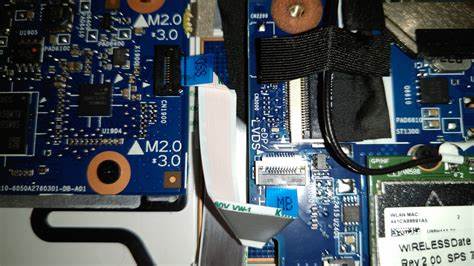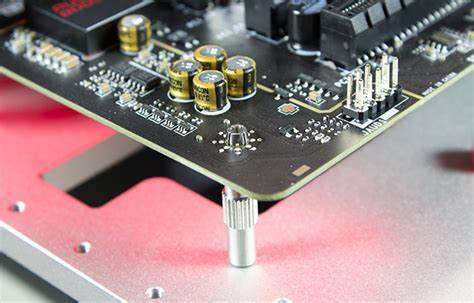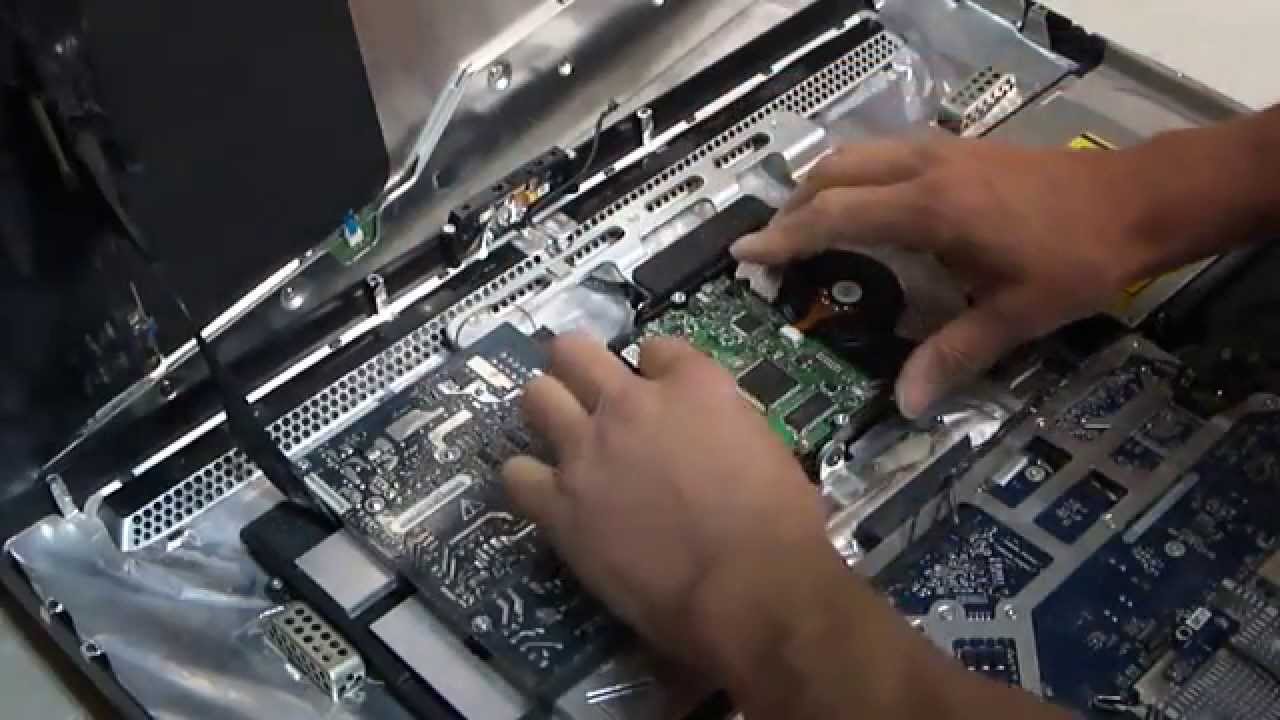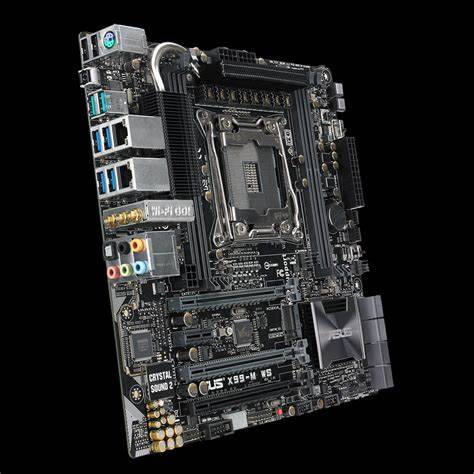
Encountering the dreaded Hard Disk 3F0 error can be a frustrating experience for any PC user. This error message usually indicates a problem with the computer’s hard drive or storage device, preventing the system from booting properly. In this article, we will explore the possible causes of the Hard Disk 3F0 error and guide you through troubleshooting steps to resolve the issue and get your PC up and running again.
Understanding the Hard Disk 3F0 Error
The Hard Disk 3F0 error is a common error message that appears when the computer fails to detect a bootable device. Instead of booting into the operating system, the system displays the error message “Boot device not found. Please install an operating system on your hard disk. Hard Disk (3F0).” This error can occur on both laptops and desktops and is often related to the primary storage drive.
Potential Causes of the Error
- Loose Connections: One of the most common reasons for the Hard Disk 3F0 error is a loose connection between the hard drive and the motherboard. If the connection is not secure, the system may fail to recognize the storage device during bootup.
- Failed Hard Drive: The error message may also indicate a failed or malfunctioning hard drive. This could be due to physical damage, bad sectors, or electronic issues with the drive.
- Incorrect Boot Order: If the boot order in the BIOS or UEFI firmware is misconfigured, the system might try to boot from an invalid device, leading to the Hard Disk 3F0 error.
Troubleshooting Steps
- Check Connections: Start by ensuring that all connections between the hard drive and the motherboard are secure. Turn off the computer, unplug it from the power source, and then open the case to check the connections. Reconnect the cables if necessary.
- Verify Boot Order: Access the BIOS or UEFI firmware settings during the boot process (usually by pressing the DEL, F2, or F12 key). Check the boot order and ensure that the hard drive with the operating system is set as the primary boot device.
- Test the Hard Drive: If the connections and boot order are correct, the next step is to test the hard drive for errors. You can use diagnostic tools like CHKDSK (for Windows) or Disk Utility (for macOS) to scan and repair disk errors.
- Replace the Hard Drive: If the hard drive has indeed failed, you may need to replace it with a new one. Make sure to back up your data before replacing the drive to avoid data loss.
Encountering the Hard Disk 3F0 error can be distressing, but it is essential to remain calm and follow the troubleshooting steps to identify and resolve the issue. Often, the error can be attributed to loose connections or misconfigured boot settings, which are relatively easy to fix. However, if the hard drive is indeed failing, it may be time to invest in a new storage device. Remember to back up your important data regularly to prevent data loss in case of hardware failures.



